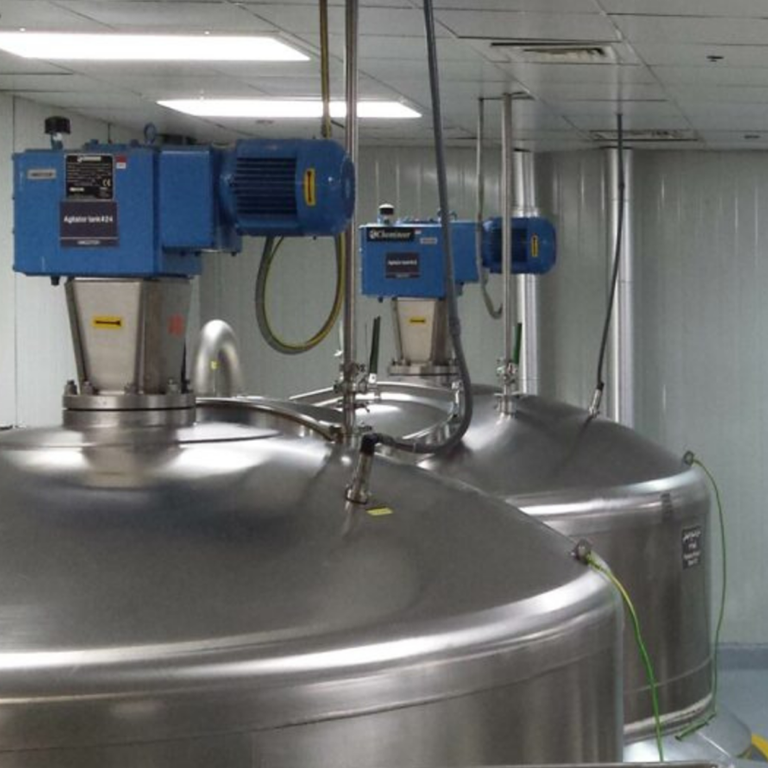Maximizing Production Efficiency: Best Maintenance Practices for Industrial Mixers and Homogenizers
- Homesssss
- Maximizing Production Efficiency: Best Maintenance Practices for Industrial Mixers and Homogenizers

Maximizing Production Efficiency: Best Maintenance Practices for Industrial Mixers and Homogenizers
Industrial mixers and homogenizers are vital equipment in various industries, facilitating the blending, emulsification, and homogenization of materials to achieve desired product characteristics. To ensure optimal performance and longevity of these machines, implementing proper maintenance practices is essential. In this blog post, we will explore the best practices